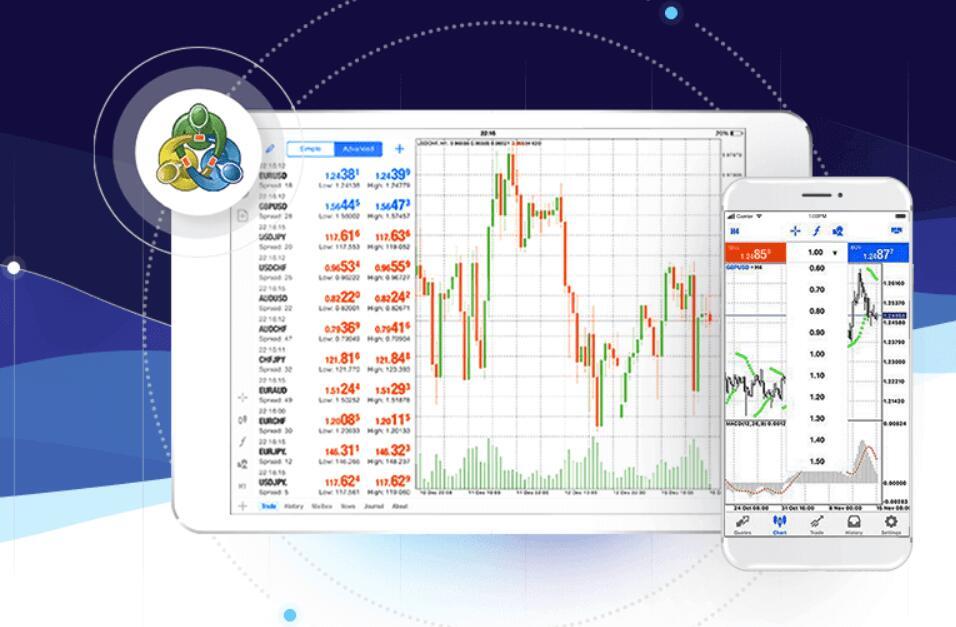
When the petty fund is replenished, usually by drawing on a company-issued check, it’s recorded as a debit to the petty cash account and a credit to the cash account. To permit these cash disbursements and still maintain adequate control over cash, companies frequently establish a petty cash fund of a round figure such as $100 or $500. The petty cash account is a current asset and will have a normal debit balance (debit to increase and credit to decrease).
This figure should be the same as the withdrawn sum you calculated from the account starting and ending balances. And the amount of cash you have in your storage box or drawer should be the same as the current balance of the account. https://online-accounting.net/ However, on corporate financial statements, petty cash is listed in the “Cash and cash equivalents” section of the balance sheet. On the downside, the convenience of petty cash can also make it a problem, and a risk.
Petty Cash: What It Is, How It’s Used and Accounted For, Examples – Investopedia
Petty Cash: What It Is, How It’s Used and Accounted For, Examples.
Posted: Sat, 25 Mar 2017 22:32:55 GMT [source]
Consider the journal entry below, which is made after the custodian requests $130 to replenish the petty cash fund and submits vouchers that fall into one of three categories. Companies replenish the petty cash fund at the end of the accounting period, or sooner if it becomes low. The reason for replenishing the fund at the end of the accounting period is that no record of the fund expenditures is in the accounts until the check is written and a journal entry is made. (Sometimes we refer to this fund as an imprest fund since it is replenished when it becomes low.).
Why Is It Called Petty Cash?
Petty cash is a current account and should be included in the company’s financial statements. A Petty Cash Fund provides convenience for small transactions for situations when using a PCard or other payment method is unreasonable. Banking & Merchant Services is responsible for the stewardship of the University’s cash and investments, including Petty Cash Funds.

With an imprest system the balance on the fund (cash + vouchers) is always constant (300). Petty cash replenishment refers to the process of restoring the cash balance in the petty cash fund back to its original imprest amount. If the petty cash doesn’t balance, it means that there is more money going out than coming in. This needs to be corrected by either withdrawing cash from the bank or by making a journal entry to increase or decrease the amount of petty cash. The custodian is responsible for replenishing the Petty Cash Fund on a regular basis or when the cash fund is running low. Petty Cash is a loan from Banking & Merchant Services, which means the money spent must be replenished at least once to bring the Petty Cash Fund back to its authorized balance.
Here is a video of the petty cash process and then we will review the steps in detail. When a petty cash fund is in use, petty cash transactions are still recorded on financial statements. The journal entry for giving the custodian more cash is a debit to the petty cash fund and a credit to cash.
Petty Cash:
Though not literally cash, it’s money that can be easily and quickly accessed, which is why it’s “on hand.” If there’s a shortage or overage, a journal line entry is recorded to an over/short account. If the petty cash fund is over, a credit is entered to represent a gain. If the petty cash fund is short, a debit is entered to represent a loss. The over or short account is used to force-balance the fund upon reconciliation. However, the availability of petty cash doesn’t mean that it can be accessed for any purpose by any person.
- These expenditures include items such as postage, delivery expense, and minor office supplies (e.g., coffee).
- Go a level deeper with us and investigate the potential impacts of climate change on investments like your retirement account.
- Cash, in many cases, remains the quickest, simplest, easiest way to pay for things.
- The petty cash account is a current asset and will have a normal debit balance (debit to increase and credit to decrease).
After a designated interval—usually, the same time each month or week—it’s time to reconcile or balance the petty fund account. This sum is the total withdrawn from the account during that time period. Petty cash refers specifically to money—literally, coins and bills—that a company keeps on hand for small outlays, usually because using cash is easier than using a check or credit card. Advisory services provided by Carbon Collective Investment LLC (“Carbon Collective”), an SEC-registered investment adviser.
Bookkeeping
This acts as a receipt, logging the amount of the withdrawal, the date, the purpose, and other details. Increasingly, these slips are electronic ones, entered in a digital spreadsheet or ledger. But it can be helpful to keep paper slips too, along with receipts from the purchases or payments (if possible).
The Cash Over and Short account will be used to balance the entry when the cash needed to get back to the petty cash account does not match the total of petty cash vouchers. Remember, for all journal entries, total debits must equal total credits. To set up a petty cash fund, the cashier creates a check in the amount of the funding assigned to a particular petty cash fund (usually a few hundred dollars). Alternatively, the cashier could simply count out the cash for the petty cash fund, if there are enough bills and coins on the premises. The initial petty cash journal entry is a debit to the petty cash account and a credit to the cash account.
What Is an Example of Petty Cash?
This team of experts helps Finance Strategists maintain the highest level of accuracy and professionalism possible. While it would be precise to update these items with an adjusting entry, this step is frequently omitted because of the lack of materiality. The size of the fund depends on the company’s needs, but it should be large enough to last at least three to four weeks. The security aspect is often important to small companies, who have long feared that keeping cash around is an invitation to crime.
- Small payments are often needed for postage, delivery charges, office supplies, or entertainment expenses.
- Examples of petty cash could include office supplies, postage, or parking fees.
- This account is debited when there is a cash shortage and credited when there is a cash overage.
- As needed, this account should be reconciled and the custodian should ensure they have receipts to back up all cash withdrawals.
- The balance in the petty cash account is now $300, which is where it was originally authorized to be.
- He is a CFA charterholder as well as holding FINRA Series 7, 55 & 63 licenses.
It is often caused by misunderstanding the basics behind the transaction. With an understanding of the principles behind the transaction and a little practice, replenishing a petty cash fund will become routine. The greatest degree of internal control can be maintained when a petty cash fund under the control of one individual is established to handle these expenditures. A petty cash fund is established by transferring a specified amount of cash from the general checking account to a person who is given custodial responsibility for the fund. When disbursing cash from the fund, the petty cash custodian prepares a petty cash voucher, which should be signed by the person receiving the funds. A petty cash voucher is a document or form that shows the amount of and reason for a petty cash disbursement.
Time Value of Money
The custodian of the petty cash fund is in charge of approving and making all disbursements from the fund. To create a petty cash fund, a check is written to cash for a set amount such as $75 or $100. Next, total the amount of all the outstanding slips (plus attached receipts).

At all times, the employee responsible for petty cash is accountable for having cash and petty cash vouchers equal to the total amount of the fund. Next, let’s assume that there is only $20.00 in cash remaining and Mary realizes that $20 is not sufficient. She needs to obtain a company check for $80 in order to cash it and return the cash amount to $100 (the amount shown in the Petty Cash multi step income statement account). The petty cash vouchers provide the documentation for the $80 check request. Mary will debit the accounts indicated on the petty cash vouchers and then debit Cash Short and Over for $1 (the amount that is not accounted for). When the petty cash fund is replenished, the petty cash account is credited for the total of all expenditures made since the fund was last replenished.
There is no need to make an entry to the petty cash account because it still shows a balance of $100. When the petty cash fund is replenished, the cash account is credited for the total of all expenditures. It can be in the form of actual money, like amounts you haven’t yet deposited in the bank or smaller bills and coins that you keep in the cash register to make change for customers.


Leave a Comment